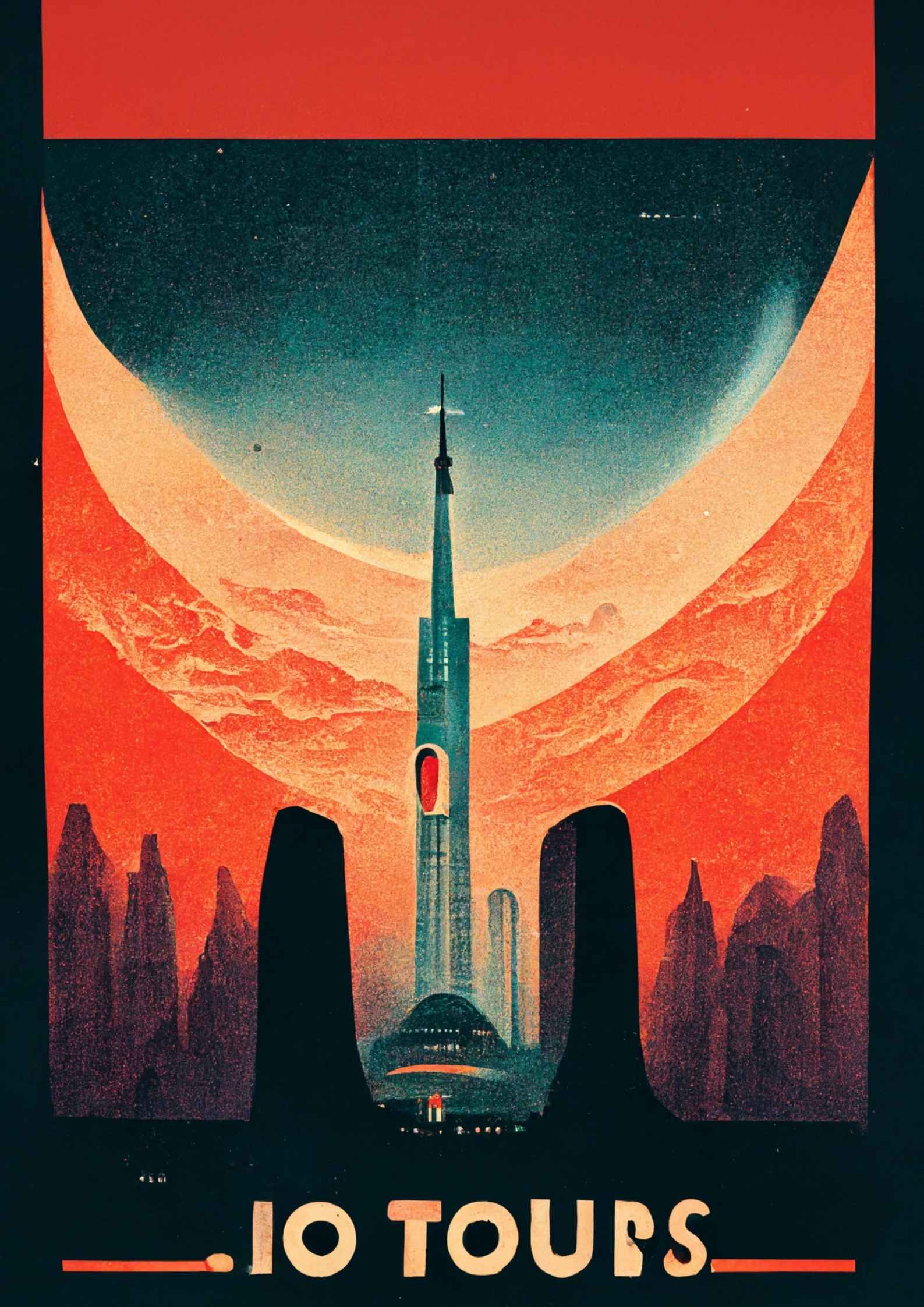Io
The innermost and third-largest of the four Galilean moons of Jupiter, Io is slightly larger than Earth's moon and is the fourth-largest moon in the Solar System, with the highest density of any moon, the strongest surface gravity of any moon, and the lowest amount of water (by atomic ratio) of any known astronomical object in the Solar System. It was discovered by Galileo Galilei in 1610 and named after the Greek mythological figure Io, a priestess of Hera who became one of Zeus's lovers.
Io is the most geologically active planet in the Solar System, with over 400 active volcanoes. Tidal heating from friction generated within Io's interior as it is pulled between Jupiter and the other Galilean moons—Europa, Ganymede, and Callisto—is responsible for this extreme geologic activity. Volcanoes emit plumes of sulphur and sulphur dioxide that may reach 500 kilometres (300 miles) in height above the surface. Io has numerous mountains on its surface, which were formed by intense compression at the base of Io's silicate crust. Io is unlike most moons in the Solar System, which are mostly made up of water ice because it is primarily made up of silicate rock surrounding a molten iron or iron sulphide core. The majority of Io's surface consists of expansive plains with a sulfuric crust and a chilly patina.
In 2297, after extensive geological survey, Io was declared unsuitable for colonisation due to the extreme geologic activity. However, by the mid-2220's significant technological advances were made in quake-proofing and construction techniques, making Io a viable option for human habitation. In 2229, the first permanent Io colony, New Atlantis, was established, with the first wave of settlers arriving in 2231. The Io colonies quickly became bustling metropolia', and the moon had a population of over 1 million by 2240.
Despite the extreme conditions, the Ionians have created a thriving society. The city was home to numerous high-rise buildings, malls, parks, and other amenities. The colony was also home to numerous research facilities and became a hub for scientific research in the fields of geology and volcanology.
Io remained an active volcanic world, and eruptions were a constant threat to the colony. In 2240, a massive eruption, known as the Io Moonquake, destroyed much of New Atlantis and killed over 10,000 people. Despite this setback, the colony has continued to grow and thrive. In the past decade, Io has become one of the most popular tourist destinations in the Jovian System, with people coming from all over to experience its unique volcanoes and landscapes.
Historical Events
Type
Planetoid / Moon
Included Locations
Contains




Comments